The content of the article
Diabetes in cats is a disease of the pancreas. Locally, this small organ is located near the stomach, having in its composition two different types of cells having their own functions. One category of cells is responsible for the secretion of enzymes that regulate the digestive process, and the second is beta cells that produce insulin, a hormone that regulates blood sugar levels and controls its transport to body tissues. In other words, the lack of insulin leads to the development of diabetes. Clinically, any signs of diabetes are due to elevated blood glucose levels and the fact that the body cannot use this glucose as a source of energy.
Types of the disease in cats
It is accepted to divide diabetes into two types:
- The first type - in this case, the beta cells completely or almost completely die. However, this type is very rare.
- The second type is a characteristic feature of it in that a certain part of the beta cells continues to perform its functions and produce insulin. But they are not enough to provide the body with a hormone. Often, the main sign that a cat has diabetes of the second type is obesity.
Causes of the disease
Veterinarians are of the opinion that the following factors are on the list of the main reasons leading to the development of diabetes:
- Improper nutrition. The diet, being unbalanced, can turn into not only a lack of vitamins, nutrients and other elements, but also a failure in metabolism, which often leads to incorrect insulin secretion.
- Diseases of the digestive tract (colitis, ulcer, gastritis). Digestive diseases lead to the fact that the pancreas is a serious load, and it works as a "trigger" in the mechanism of occurrence of diabetes.Also, diseases of the liver or gallbladder can lead to the development of diabetes.
- Overfeeding. Many experts in veterinary medicine believe that the main cause of diabetes in cats is ignoring the rules of feeding. Specifically, overfeeding, turning overweight in a pet, has to the fact that the pancreas begins to produce less insulin.
- Hereditary factors. Given that diabetes is similar to a human disease, it is also genetically predisposed in cats. Attentive and conscientious breeders reject those animals that have endocrine disease.
- Viral infections that result in manifestations of hepatitis and pancreatitis of a viral nature.
- The use of hormonal medications to control the sexual behavior of the cat. If the cat has taken glucocorticosteroids for a long time, this often results in the development of diabetes.
Prevalence of disease
Among other endocrine diseases, diabetes mellitus is one of the most common.There is evidence that every 400th cat has diabetes.
- For the first time, clinical manifestations become noticeable at the age of 5-6 years or closer to old age.
- Most cats suffer from diabetes.
- The exact information about the dynamics of diabetes in cats is unknown, but every year the total number of diseased animals increases as more and more pets become obese.
It should be pointed out that the cat, whose weight exceeds the norm by only one and a half kg, is already at risk for the occurrence of diabetes of the second type. Thus, this is true for any domestic cat whose weight exceeds 6 kg.
Again, from this statement it is necessary to exclude giant feline breeds, such as Maine Coon - for these breeds should increase the numbers.
The clinical picture of diabetes
Most often, diabetes in cats is manifested by the following symptoms:
- irresistible thirst;
- excessive urge to urinate.
In addition, along with these signs, an increased appetite and a decrease in cat weight can be observed. Given the specific behavior of the feline,These symptoms can be ignored or not noticed for a long time, especially in the first stage of the disease.
If the pet regularly and often walks outside the apartment, he can easily find drinking water and, remaining unnoticed, to cope with their needs.
Those domestic cats fed natural food or canned food can get a sufficient amount of liquid from the diet, which means it will be difficult to pay attention to the high level of water consumption.
How to diagnose diabetes in cats
To diagnose cat diabetes, the following factors must be considered:
- anamnesis;
- the presence of cat urine glucose;
- clinical picture;
- consistently high blood glucose levels.
However, one should not confidently make a diagnosis if all the necessary tests (blood and urine) were performed only once, because there are a number of factors causing a single “jump” in glucose level, for example, after suffering stress. Therefore, to confirm or, conversely, refute the diagnosis, it is important to pass urine and blood for analysis up to five times a day.
Feline Diabetes Therapy
If you follow all the necessary recommendations, cat diabetes can be successfully treated. But this will be required from the owner of incredible patience, the desire to attain the goal by all means, as the treatment of the disease will take a very long time.
- Initially, it will be necessary to eliminate any factors that lead to symptoms of diabetes mellitus. For example, if a pet regularly takes medications that indirectly provoke the onset of diabetes, you will need to stop taking these medicines. Plump cats have an increased tendency to develop this disease, so a strict diet and weight loss can turn into the situation that a number of animals will improve.
- Any cat with diabetes mellitus should follow a proper diet: timely and balanced. The easiest way is to make it if you use the already prepared premium feed category, where the protein content is high, but there are few carbohydrates. Due to this, the amount of glucose, which is absorbed from the gastrointestinal tract, will be reduced, and the body will not need insulin so much.
If it is not possible to identify those factors that contribute to the development of diabetes, or eliminating them does not bring tangible results, it is still possible to help your pet without even resorting to overly complicated treatment methods:
- A number of cats can be helped by the use of hypoglycemic drugs.
- In some cats, it is possible to achieve good results in treatment using insulin hormone injections.
At the initial stages of therapy, you will need to contact the veterinarian more than once, who will be able to determine the appropriate dosage for your pet, based on the specific situation. In the overwhelming majority of situations, it may take from a couple of days to a month or more to stabilize the cat's condition. During this period, the cat owner will need to give insulin injections to the pet once a day or twice, depending on the recommendation of the veterinary specialist. Syringes with very small and thin needles are used for this kind of injection, so excessive discomfort will not be caused to the animal. And over time, the process of setting injections will become routine and routine.In the process of monitoring visits to the doctor, it is sometimes possible to change the dosage of medicines, if this will have a therapeutic meaning.
Note! Never adjust your insulin dose without consulting your doctor!
Control of the process of therapy
In order to control the process of therapy and to be sure that it is proceeding effectively, a regular veterinary specialist will send the owner with the pet to the planned delivery of urine and blood for testing. According to the results of research, you can already adjust the frequency of injection or dosage of the drug.
Of particular importance to the doctor of veterinary medicine when adjusting therapy are the host records, which are produced daily. The following parameters should be reflected there:
- The time at which insulin was administered.
- The amount of insulin injected.
- The time and amount of food offered to the pet plus the amount of food she consumed.
- The volume of water consumed.
- The mass of the animal (daily rate).
In addition to examining the blood of an animal, it is important to monitor the cat's urine.If the content of glucose in the urine changes, this may cause a change in the dose of the drug being injected and control the effectiveness of its use.
In order to pass the urine for analysis, it is best to take a night or morning urine. To collect material without unnecessary problems and stress for an animal, you can use a number of ways:
- If the pet can easily visit the tray without the sand, you can use a special part of the grid, which is installed in the tray.
- In European countries it is proposed to use special gravel for aquariums instead of standard toilet fill. Sterilized gravel does not absorb liquid, therefore, urine will accumulate at the bottom of the cat tray, from where it can easily be poured into a container with a lid.
- If there is no other way, a urogenital catheter can be used, which is used, including, for collecting urine. However, this method has significant drawbacks, because urine collection will need to be performed regularly, and a catheter is not put in place without advance sedation. In other words, it will take more than once to expose a pet to potent tranquilizers and to injure its ureter with a catheter.
If the blood glucose level changes noticeably, it will be necessary to adjust the dosage value of the insulin injected. Therefore, tests must be performed regularly, taking into account the recommendation of the attending physician. But it is independently forbidden to make any changes to the treatment process, unless such changes are agreed with the veterinarian. There is a possibility that the level of glucose can change almost daily, which explains the importance of the recommendations and help of the doctor.
An overdose of the hormone insulin
Sometimes in the analyzes markedly low levels of glucose, this may be due to an overdose of insulin. Therefore, it is important to carefully and carefully treat the prescribed dose of insulin to a cat suffering from diabetes. Below are a number of characteristic signs indicating an excessively low glucose level:
- unsteady and unsteady gait;
- tremor, convulsions;
- general weakness, cat apathetic and lethargic.
If a cat that is suffering from diabetes has one or more of these symptoms, you will need to urgently consult your veterinarian to avoid undesirable consequences.
In milder forms of hypoglycemia, a “drunk” type of gait of an animal or nervous tics is sometimes observed. In this case, at home, you can help the cat, using a syringe without a needle to gently pour one tbsp into her mouth. honey, sugar solution or corn syrup.
If a competent veterinarian and a patient, attentive owner work together, then the life of a cat suffering from diabetes will be extended and saved.
Video: diabetes in cats and dogs

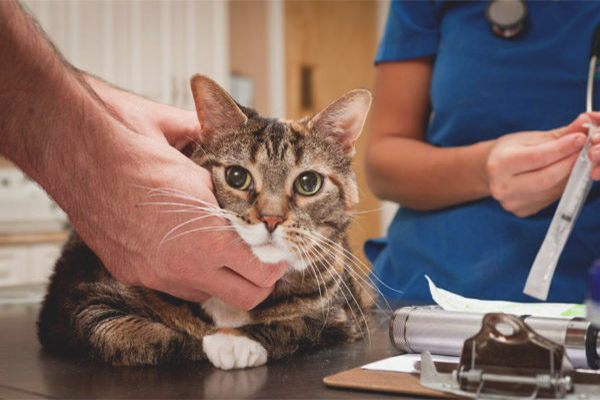
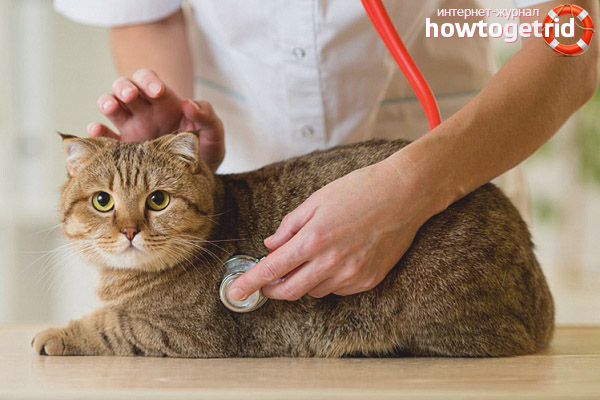
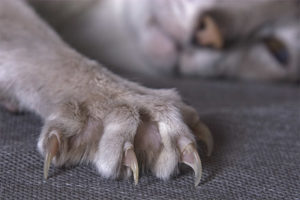
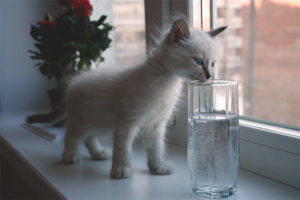
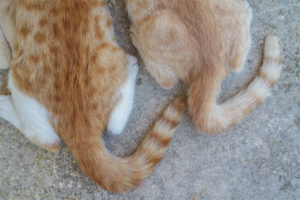
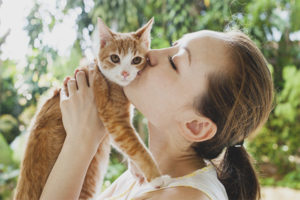
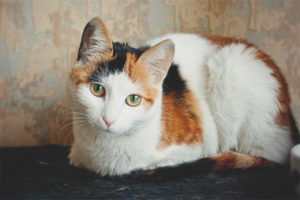
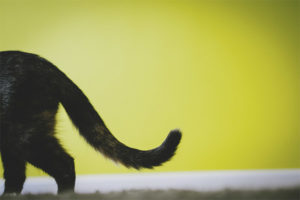


To send